
OR
Integrating agriculture with rural development
Published On: December 29, 2020 08:30 AM NPT By: Malati Kaini and Bhairab Raj Kaini
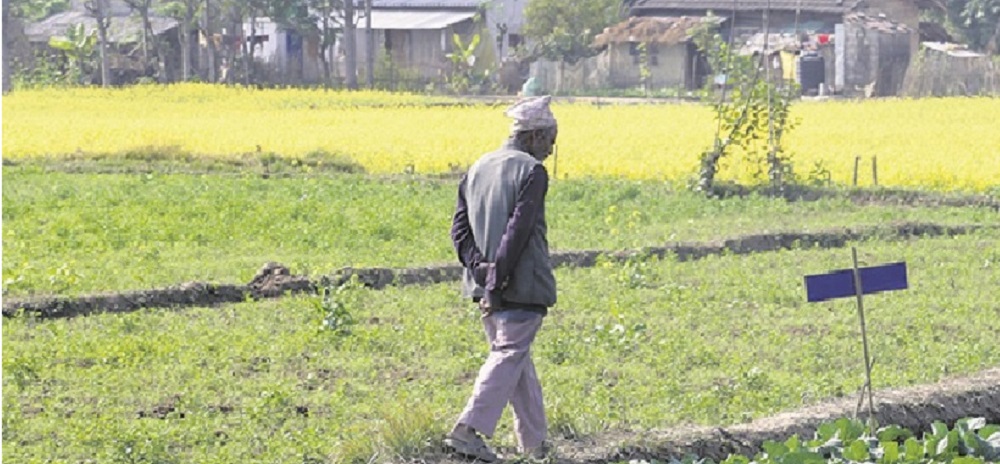

Malati Kaini and Bhairab Raj Kaini
Malati Kaini is a PhD scholar at Tribhuwan University. Bhairab Raj Kaini is an agriculture expert.news@myrepublica.com
More from Author
Rural development policies should exploit the contribution of farming, both in terms of improving on-farm activities and supporting ancillary services, to secure sustainable development for rural areas.
Rural development is a strategy for reducing poverty and uplifting socio-economic infrastructures in rural areas especially through agriculture development. Hence, rural development and agriculture are interrelated. In Nepal, agriculture is fundamental for rural development. It is because around 80 percent of the total population and 90 percent of the total poor are living in rural areas. Nepal’s rural communities over the years are facing poverty because of subsistence farming. Youth participation in commercial farming is low. The concept of rural development must therefore be considered with particular reference to agriculture, since agriculture is the basis of the livelihood of most rural families. According to a 2015 report of the United Nations Development Program (UNDP), a country can increase human development index by increasing numbers of workers in environment-friendly commercial farming activities.
In Nepal, rural development can be achieved only through commercialization of agriculture in an inclusive way. But the state of commercialization is at preliminary stage. About 41 percent of Nepal's agriculture is overwhelmed by subsistence family farms. Seventy-eight percent farm holdings have been reported to be producing mainly for home consumption.
Agriculture as the backbone
We all know that agriculture is the backbone of the rural economy in Nepal. It is because Nepal’s share of overall employment in agriculture is at high levels. For example, farmers represent over 60 percent of the workforce, and farming is likely to be the key economic activity determining the progress of rural development. With such a substantial proportion of the labor force engaged in agriculture, any policy which leads to a swift and artificial reduction in agriculture employment could have disastrous consequences for the labor-force and dependents, leading to social and political instability. In fact, Nepal is already confronted with this problem.
Agricultural development is crucial for the reduction of poverty and hunger in Nepal. The main issue related to agricultural and rural development is the necessity to increase agricultural production in order to provide sufficient food for an expanding population in food deficient areas of the country. Furthermore, the agricultural and rural economy supports the preservation of natural resources and assists in preventing rural poverty, in particular during times of crisis like Covid-19 pandemic.
The main potential contributions of farming to rural development are in terms of supporting employment, ancillary businesses, and environmental services. In peripheral regions, farming may be necessary to support the economic and social infrastructure. Nepal should start the principle of self-sufficiency in food from the rural areas. Farming and related activities make up the basic fabric of rural life. Therefore, rural development policies should exploit the contribution of farming, both in terms of improving on-farm activities and supporting ancillary services, to secure sustainable development for rural areas.
The farm sector in every country supports a range of ancillary and service industries, generating economic activity in supply and distribution chains as well as processing industries. Where farming is the primary economic activity, the entire rural economy, including services such as health care, education and basic infrastructure, may depend on the profitability of the sector.
Furthermore, agricultural activities can be crucial in the preservation of natural resources. By maintaining agricultural and forestry activities, environmental risks can be reduced and direct economic damage caused by avalanches, landslides, forest fires, etc can be prevented. Plantation of fruit crops in sloppy lands of the hilly region can be very helpful to minimize soil erosion and control landslides. In addition, in those rural areas where tourism has high potential, integrating horticulture with tourism not only can make rural economy sustainable, but it also helps in maintaining greenery.
Way forward
In rural areas where the agronomic potential and density of population are very low, the main concern of the revitalization policy for the rural areas should be the preservation of nature. The most interesting examples of that approach are the national parks, where no human intervention is allowed and nature is protected from any human interference, even from tourists.
At present, there are many rural areas with a low agronomic potential and average to high population densities. Land prices are high due to economic pressure from tourism and nearby towns. In these areas, the main role of agriculture and forestry is to maintain the landscape and to develop new recreational areas. Agro-tourism could be the best option to develop these areas sustainably.
Rural areas having a normal to high agronomic potential and low population density are suitable for commercialization of agriculture. But there are many stakeholders in the commercialization process. Some of the key stakeholders are input suppliers, farmers, traders, the agro-food industry, local government, provincial governments, federal government, civil society and NGOs. In such case, a value chain needs to be developed to involve all of them in commercial agriculture
The farming sector will require ancillary industries to serve and support the production activities. These enterprises are also a source for employment and economic development, although many may not be located in rural areas. Increased economic stability can be provided to the farm-based rural economy by encouraging the development of activities to add value to their production, such as processing of consumer products on-farm or in the rural areas.
Farmers can also take greater control of their economic position through co-operative ventures or by selling to consumers directly through farm-gate shops and markets. Improvements in infrastructure, notably communications networks, may increase the competitiveness of the farm products and other sectors of the rural economy. Infrastructural investments can also facilitate the installation of new enterprises on farm sites.
Policies designed to promote the viability of the farm sector can include encouraging investment, training, applied research, use of appropriate technology, land structural adjustment and maintenance of soil fertility. Rural development initiatives should include all these aspects and there should be partnership provision where appropriate between the public and private sectors.
The efficiency and competitiveness of the rural sector is dependent on a coherent approach regarding land tenure. Land fragmentation is another important factor affecting agriculture and its resolution through land consolidation would give young farmers, in particular, an incentive to invest in their holdings and to remain in rural areas. Smallholders and marginal farmers dominate Nepali agriculture with the average holding size of 0.8 ha. Nearly a half of all farms have less than 0.5 ha of land, while those with less than 1 ha of land constitute nearly three-fourths of all holdings. Farms are getting smaller and smaller year after year. Thus the focus should also be on enabling these farmers to boost production.
You May Like This
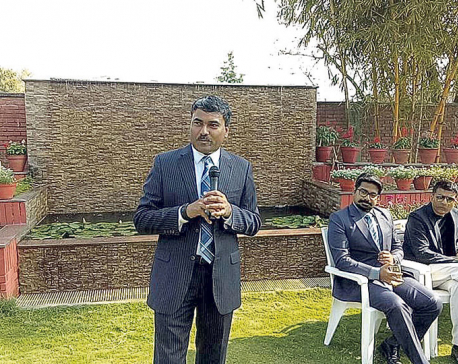
Indian youth delegates wrap up Nepal tour
A 37-member youth delegation from India visited Nepal from April 4 to April 11 at the invitation of the Ministry... Read More...
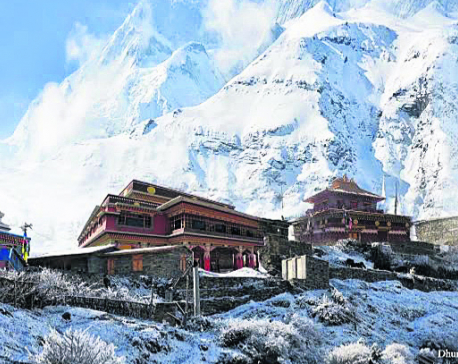
Dhurmus, Suntali to build ‘a Nepal within Nepal’
KATHMANDU, June 5: After successfully completing three settlement projects for earthquake victims and other communities, the actor couple Sitaram Kattel (Dhurmus)... Read More...

Mahindra showcases farming solutions at Nepal AgriTech
KATHMANDU, Feb 18: Agni Group, the authorized distributor of Mahindra vehicle for Nepal, is presenting Mahindra’s farming solution products at... Read More...



Just In
- President Paudel approves mobilization of army personnel for by-elections security
- Bhajang and Ilam by-elections: 69 polling stations classified as ‘highly sensitive’
- Karnali CM Kandel secures vote of confidence
- National Youth Scientists Conference to be organized in Surkhet
- Rautahat traders call for extended night market hours amid summer heat
- Resignation of JSP minister rejected in Lumbini province
- Russia warns NATO nuclear facilities in Poland could become military target
- 16th Five Year Plan: Govt unveils 40 goals for prosperity (with full list)











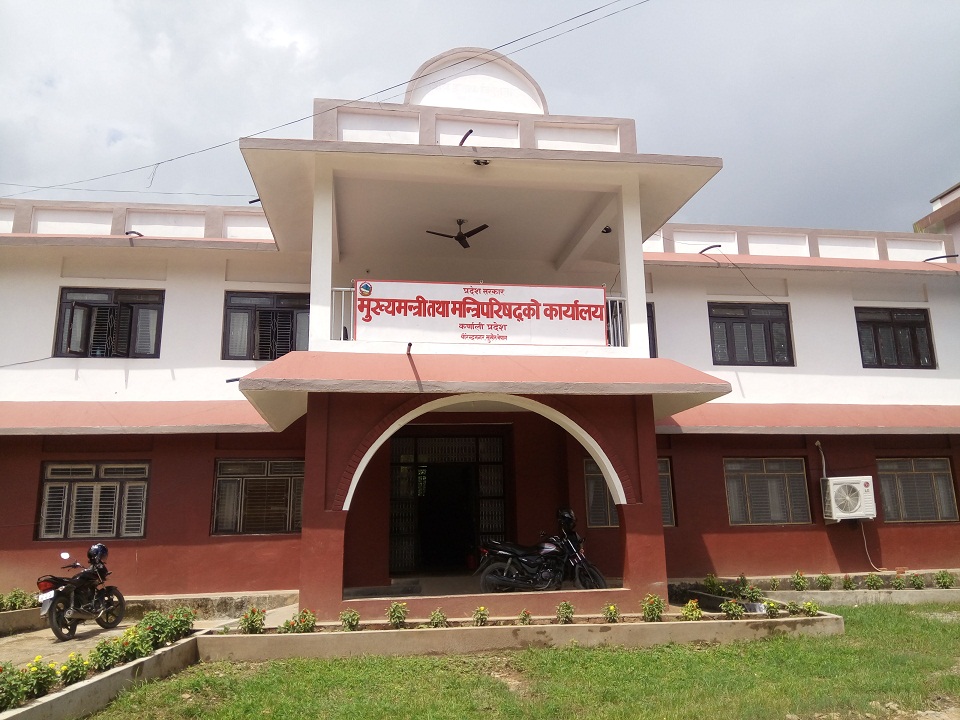

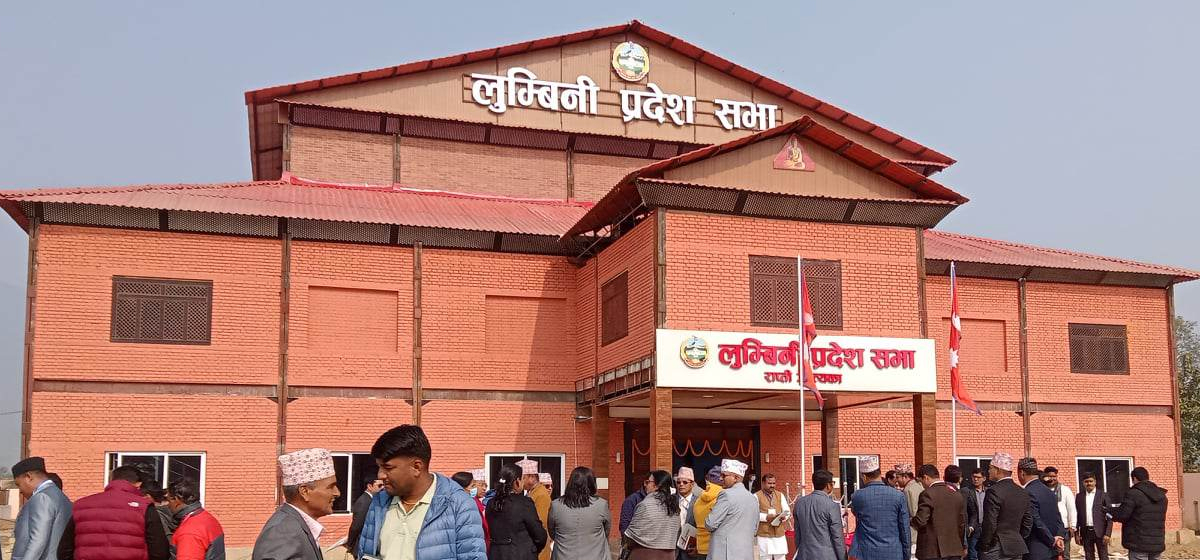
Leave A Comment